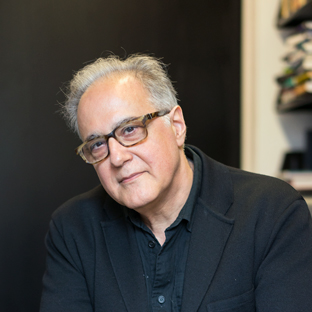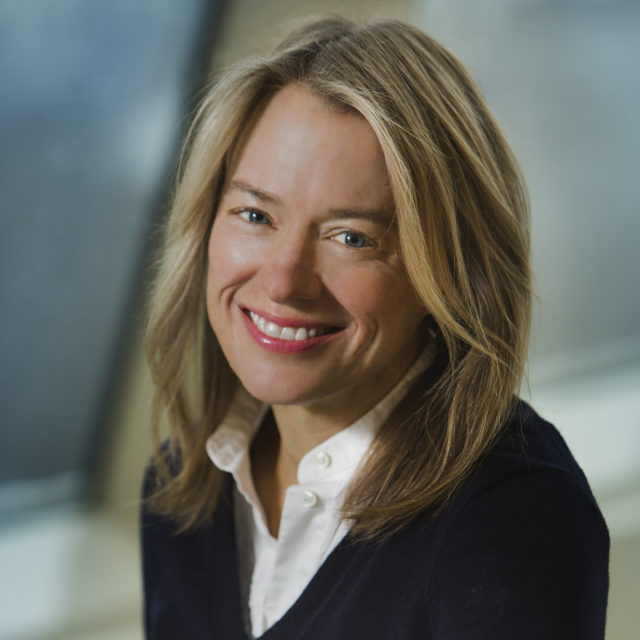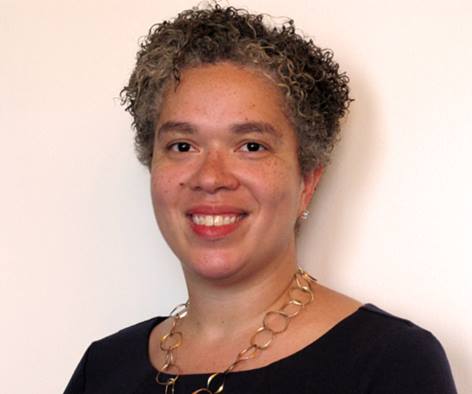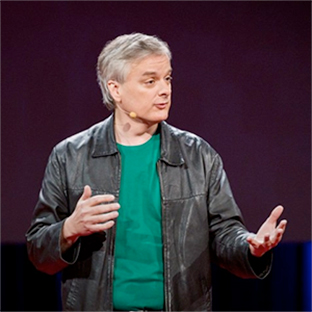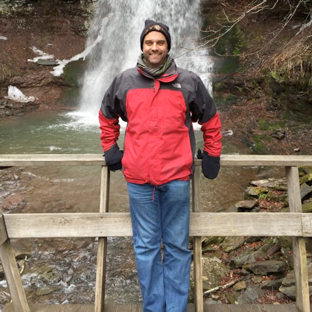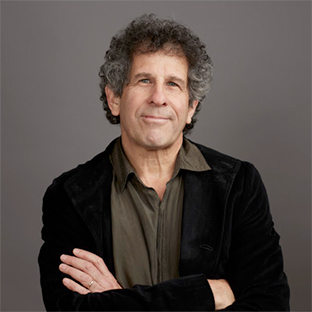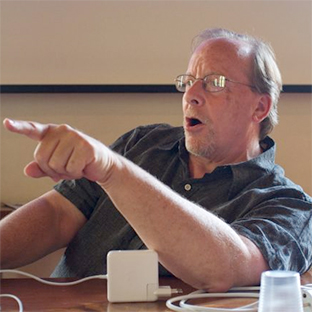Widespread Puzzling Beliefs
This project seeks to better understand this phenomenon of what we are calling “widespread puzzling beliefs.” These are beliefs seemingly held by many—for example, that the recent U.S. presidential election was stolen, that climate change is a hoax, or that
Armenian Genocide Denial
The Armenian Genocide Denial project will support and produce research on the history and dynamics of Armenian genocide denial, its geopolitical and economic implications, and the struggle against it both within and outside Turkey. The project will encourage comparative, multidisciplinary
Causes and Consequences of Wealth Inequality
Rising wealth inequality is a reality in a great many countries today. In this environment, many people are asking what factors have driven this phenomenon and whether rising wealth inequality is undermining democracy. In this project, NYU scholars from a broad
Work: The Hard Problem
The jobs created by the industrial revolution did at least four important things. One, of course, was producing goods. A second was providing employees (and shareholders) income. A third was creating new forms of community. And the fourth was giving
Just Security/Global Humanitarian Values and U.S. National Security
This project aims to bring global humanitarian perspectives to bear on U.S. national security discourse. U.S. officials, mainstream news reporters, and other thought leaders who work on U.S. national security policy lack analysis from local experts around the world and
Past Projects
The Universal Declaration of Human Rights in the 21st Century
This Project revisits the Universal Declaration of Human Rights (UDHR) in the context of a world that has changed dramatically in the 65 years or so since it was passed.
Public Safety Lab
With the support of the Global Institute of Advanced Study, the Public Safety Lab has been launched to apply the tools of data science and social science to the project of producing better public safety outcomes. For example, many relatively
Aesthetic Experience and the Brain
Led by Gabrielle Starr and David Poeppel, this project seeks to understand the psychological and neural bases of aesthetic experience.
Space, Time and Consciousness
Led by David Chalmers, this project explores the relationships between space, time , and consciousness.
The Future of Classical Music
"Classical Music: Contemporary Perspectives and Challenges," edited by Michael Beckerman and Paul Boghossian, is now available on Open Book Publishers to read or download.
Global Institute of Public Health Research Affinity Group Network
NYU’s Global Institute of Public Health (GIPH), launched in 2012, is an innovative model for collaborative research. With over 110 faculty from 13 NYU schools and departments, it represents the wide range of methodologies and skillsets needed to address complex
Social Media and Political Participation – Global
Led by Joshua Tucker, this project explores the role of social media in political participation.
Rethinking Global Infrastructure Finance
Observers of the global economy have noted that investment in infrastructure—from airports in the U.S. to power plants in Nigeria—could help achieve sustainable growth throughout the world and address challenges in both advanced and emerging economies by raising productivity, prospective
International Legal Orders and Their Histories
Led by Benedict Kingsbury, this project brings together the serious historical study of forms of order beyond a single state with work on the current construction, adaptation or displacement of international legal orders.
Critical Collaboration
Led by Pato Hebert, the Critical Collaboration Working Group will investigate the relationship between creativity and social change.
Global Institute for Dance and Music: Translucent Borders
Led by Andy Teirstein, a three-year exploration of intercultural dialogue, practice and exchange focusing on the role of dance and music at borders (geographic, cultural, socio-political, economic).
Canonical Neural Computation
Led by Anthony Movshon, this project studies neural computations that appear in many different species and brain regions, suggesting that a set of common algorithms forms a basic repertoire that is used in many different brains. Many of these computations


